Give Up Control: How Curiosity’s App Marketers Give Users the Reins
Published on February 11, 2016/Last edited on February 11, 2016/5 min read


Team Braze
The mobile ecosystem is flooded with endless apps, educational tools, and sources of entertainment. As of mid-2015, there were a total of 1.9 million visible apps in Apple’s U.S. App Store—not to mention, the number of app store submissions is growing by 1,000+ each day.
Mobile app developers are facing an unprecedented era of opportunity, and marketing teams are cracking open new channels as a result. But there’s a cutthroat side to this new business terrain: with more players comes more competition for the same sets of eyeballs. According to data from VentureBeat, the cost of mobile user acquisition doubled between 2014 and 2015 from $1.50 to $3.00.
That’s why user engagement is so important. But it’s also one of the mobile marketing ecosystem’s biggest challenges. Engaged mobile audiences are valuable, appreciating assets. They’re an investment that marketers should never take for granted. And yet, it’s far too easy to let acquired audiences slide through the cracks—a loss that translates into opportunity costs for what could have been. Mobile marketers need to turn every user touchpoint into impactful user engagement opportunities.
Curiosity, a media company that connects audiences with inspiring learning content, has staked its app engagement on users’ own behavior. Here’s how.
Audience data fueled the roadmap from website to mobile site to mobile app
Discovery Communications launched Curiosity.com as an experiment in content curation back in 2011. Could a content aggregator provide value to digital audiences and stand alone as its own business? As one of the world’s biggest sources of engaging multimedia, Discovery was the perfect organization to explore this question: the company spent the next two years sourcing YouTube’s most interesting content and bundling it into a media site.
“Our goal is to help our fans get smarter about their world,” explains Andy O’Dower, Curiosity’s head of product. “Our millions of fans are innately curious. So we satisfy their curiosity by introducing them to new, intriguing topics every day.”
The Curiosity team answered its original business question much faster than anticipated. Very soon Discovery realized that there is, in fact, value in content aggregation. In November 2014, Discovery spun off Curiosity into its own independent company. Curiosity now has $6M in series A funding and operates as an independent company.
This influx of capital gave Curiosity the resources to launch its first mobile app—but they didn’t build just anything. The app’s design and messaging strategies are the outcome of years of user testing and audience research they’d already done.
“With 65% of our user base being mobile, we knew that an app was a natural next step,” says O’Dower. “Building our app a year after our website launched, we had a wealth of data on qualitative feedback to guide our core user experiences.”
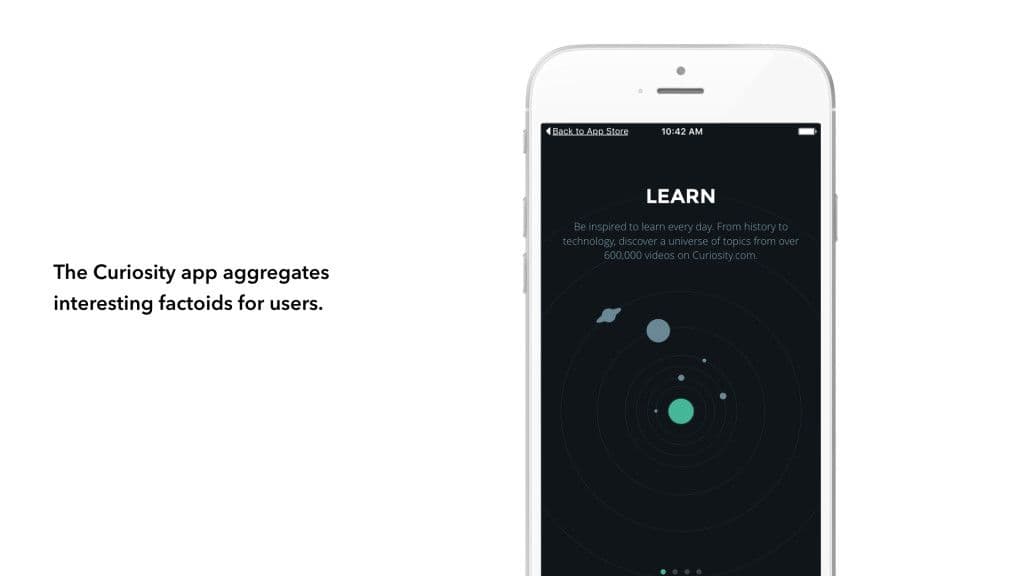
When personalizing means giving up control
Curiosity’s early research led to the revelation that its users would want a highly tailored app experience. The common thread that O’Dower and his team found among the media company’s audience base was that they “are busy and want surprise and inspiration daily.” The challenge?
Curiosity’s audiences are more different than they are similar. “Curiosity is universal and reaches audiences from all over the world,” says O’Dower.
In our current app ecosystem where 78% of users in one survey say that the push notifications they get are irrelevant, and only 14% of app users will always enable push notifications, Curiosity saw this same messaging channel as the key to an effective engagement and personalization strategy for every user.
Each user can set their daily notification to be unique to them: to their timezone and time of day preference. “We created a simple time selector for each user to pick their desired local time to get their daily fix—7am with morning coffee in San Francisco or 10pm in London after the kids go to bed,” says O’Dower. “The more fans feel in control the more likely they are to engage when that notification comes.”
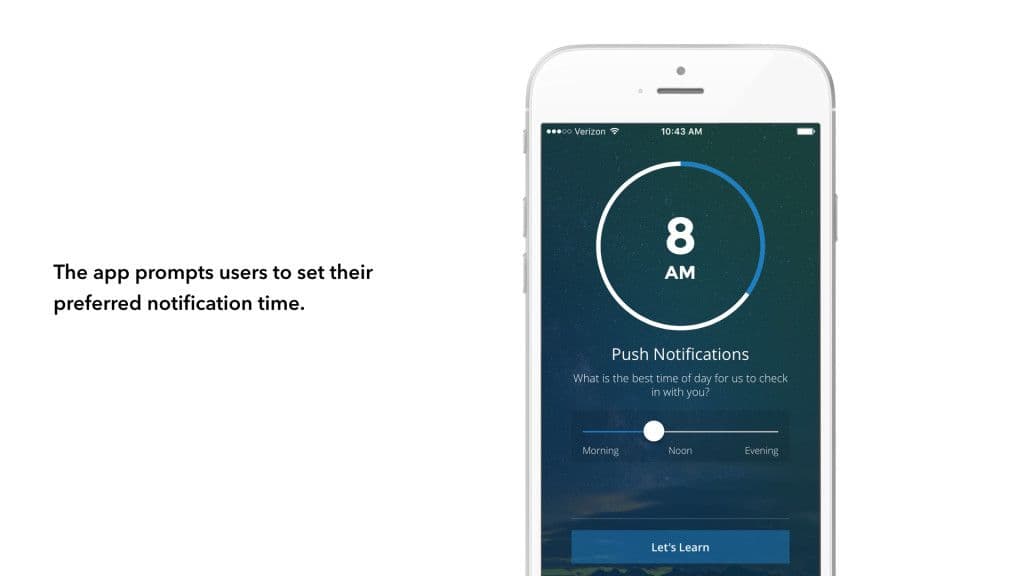
Curiosity has created a messaging cadence in which audiences self-direct their own engagement. Not only does this allow for personalized experiences during the user’s continued use of the app, it directly engages users right in the onboarding experience. As a results over half of Curiosity’s mobile users enable the app’s push notifications.
This approach creates an experience in which marketing initiatives and key product features blend seamlessly with one another.
“We learned that the product and our marketing content shouldn’t compete with each other,” O’Dower says. “Connecting people with the perfect content for their context is the key. Building a great experience requires incredible content but also an incredible and intuitive product. We learned to blend the serendipity of content discovery with the intuitiveness of a simple product.”
Personalized recommendations are coming next
Curiosity started with a blank slate when building its app. Development has been a steady and iterative process: the company plans to integrate its most popular web features into its app in the near future.
“Our learning paths leverage a sophisticated backend system to recommend only high quality videos and topics to you,” says O’Dower. “All based on what you want to explore. This will enable our fans to have an endless exploration experience they’ve been wanting. They’ll be able to follow topics they’re especially curious about, yet always get the serendipity of a new editorially driven digest. Notifications will be a big part of this new evolution.”
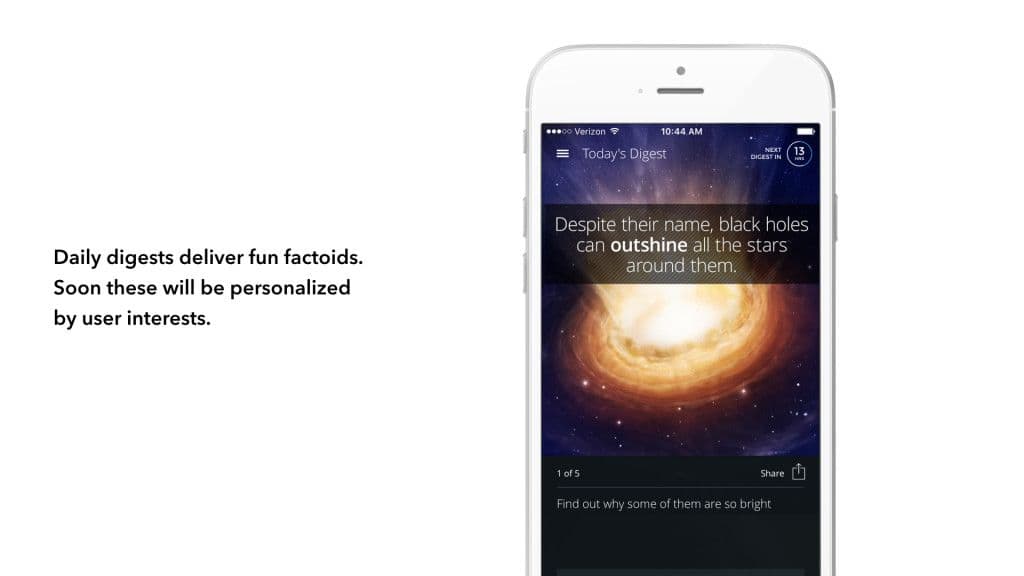
Over the long-haul, O’Dower says that engagement will come from constant learning and questioning. “Build, measure feedback, learn, rebuild,” says O’Dower. “That was the process.”
Be Absolutely Engaging.™
Sign up for regular updates from Braze.
Related Content
View the Blog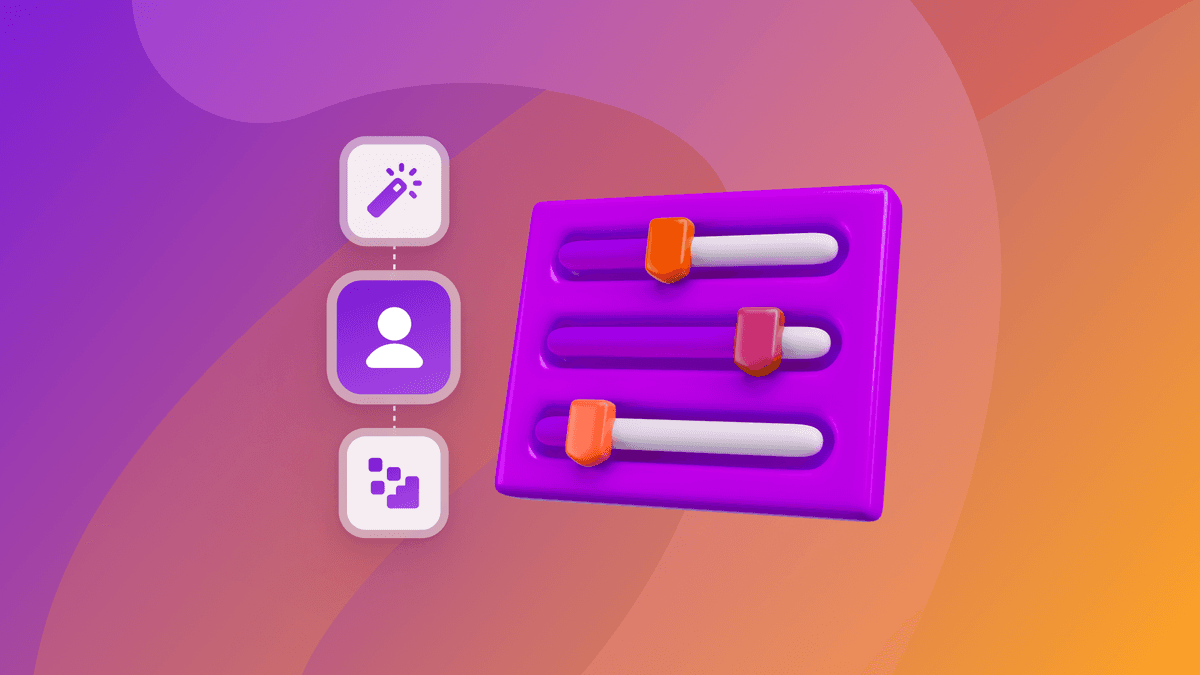
How behavioral marketing turns data into personalized experiences

Team Braze
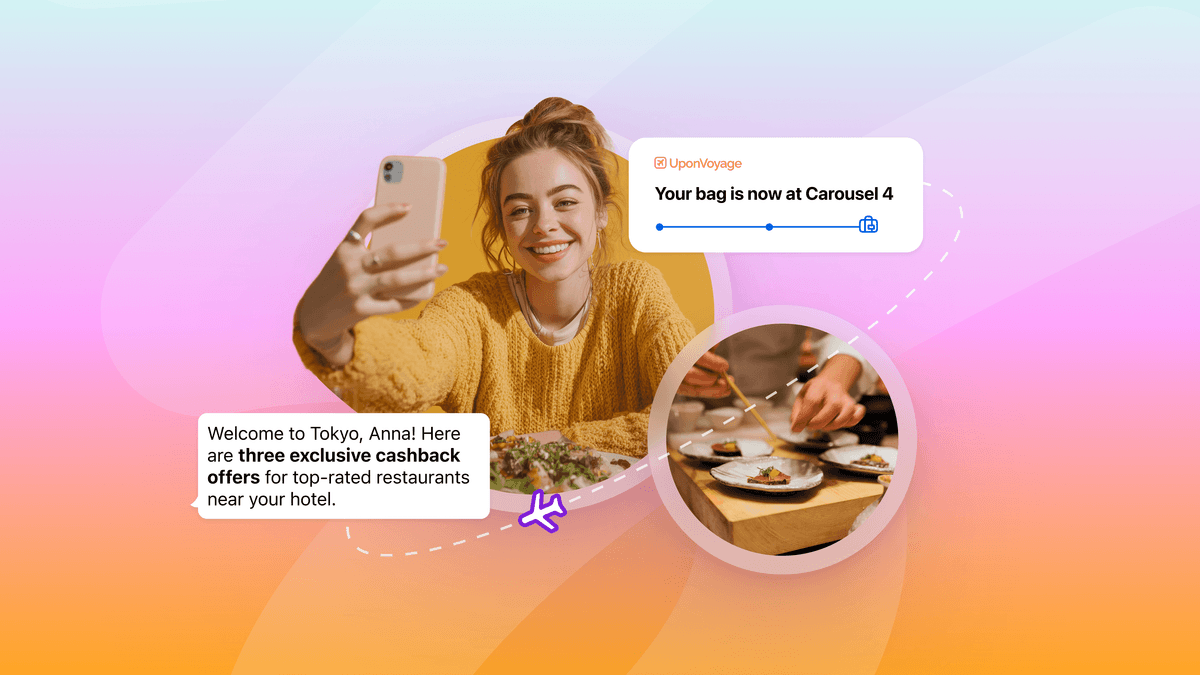
Designing digital omotenashi with Braze

Marlowe Geramanis

Taku Kakino

Yosuke Sato
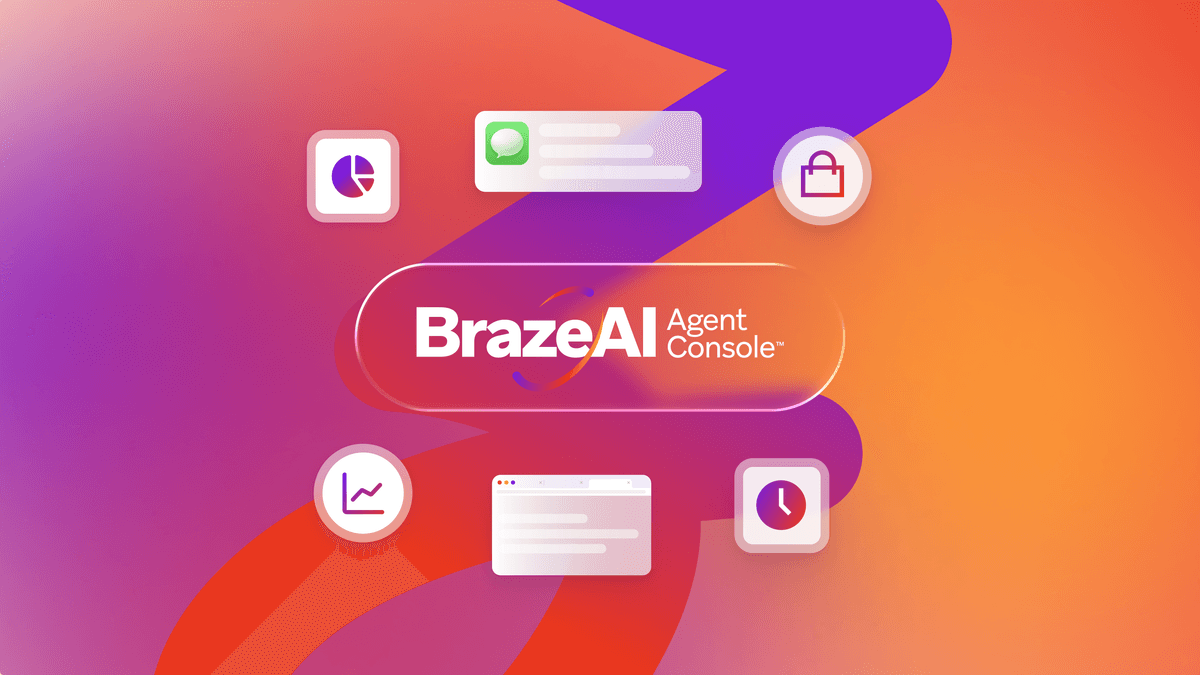
Building better conversations: How Aeroflow Health leverages AI agents to evolve customer relationships
